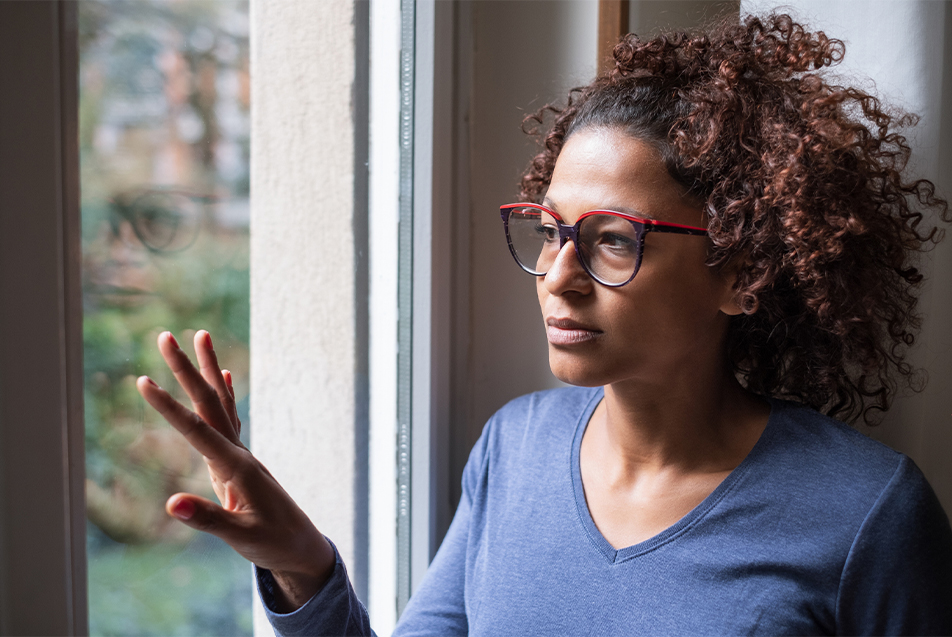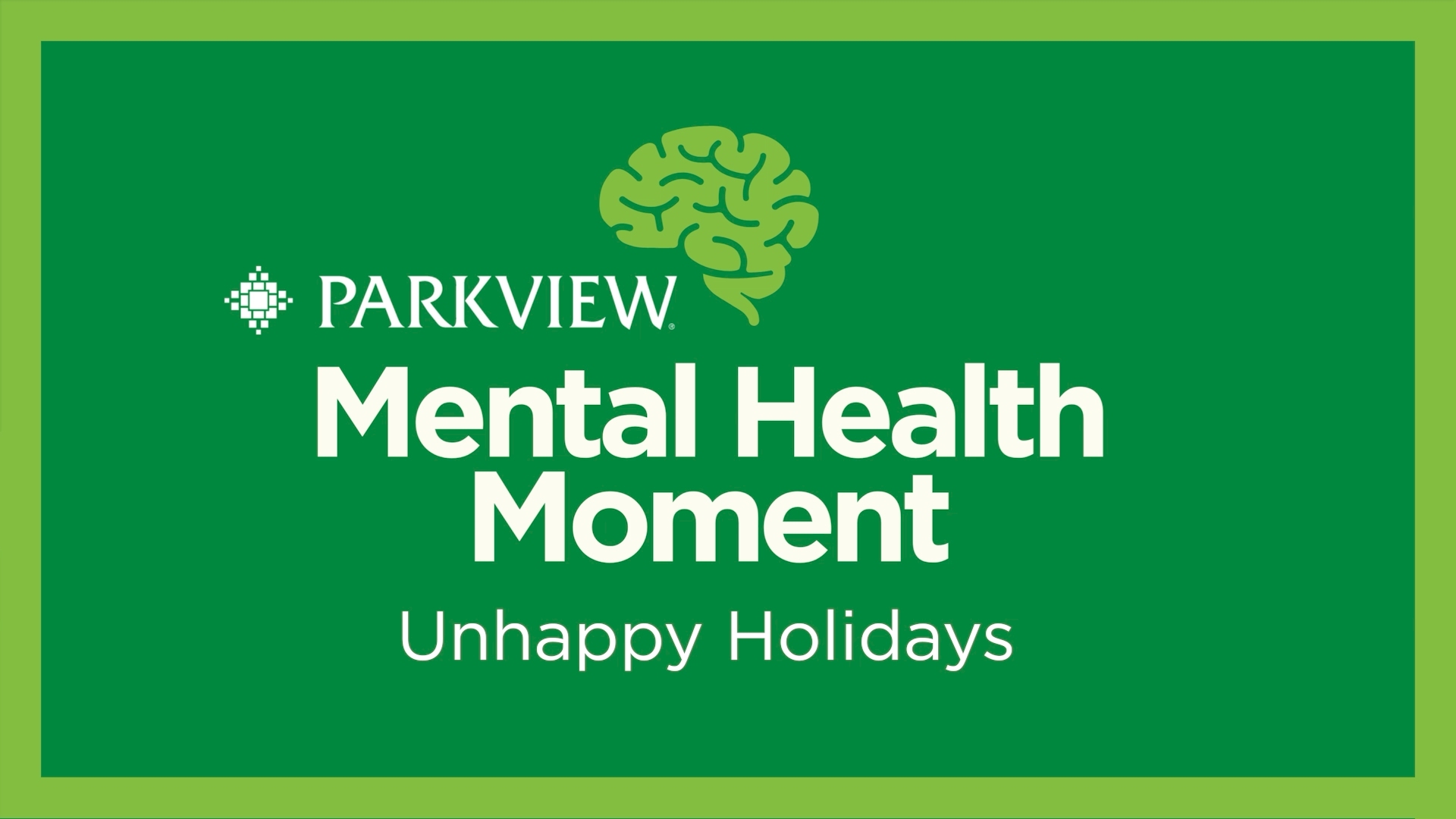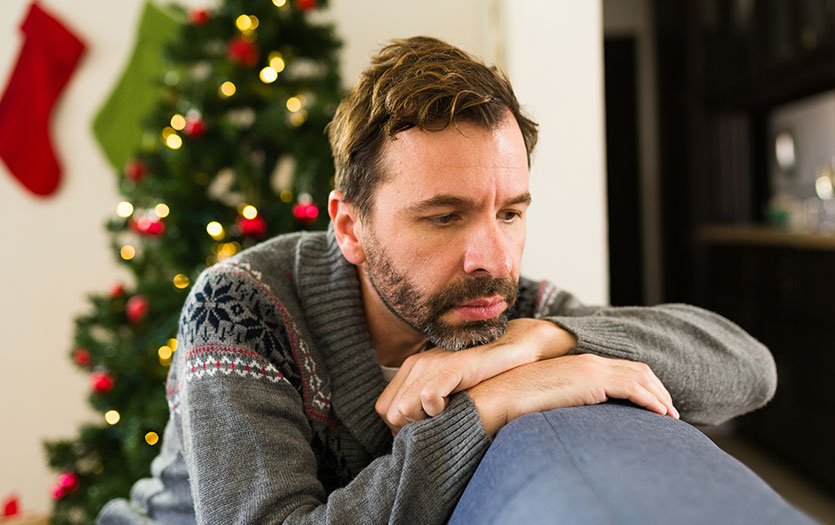
COVID-19 has been a traumatic event for everyone and, undoubtedly, had a significant impact on all of our lives. With the help of Jeri Forrest, MSSA, LCSW, employee assistance program therapist, we delve into what Post-Traumatic Stress Disorder (PTSD) is, the different responses someone might experience, what those responses mean and coping strategies to help work through the trauma.
According to the Diagnostic and Statistical Manual of Mental Disorders (DSM), PTSD is a term used to describe the response a person can have after they have been exposed to, witnessed, experienced or confronted with a traumatic event.
An adult’s response to PTSD
While everyone’s experience is different, most adults have similar responses to a traumatic event. They could include, but are not limited to, the following:
- A lack of predictability
- Immobility
- A loss of connection
- A loss of sense of time
- A loss of sense of safety
- A lack of sense of purpose
Furthermore, after the traumatic event has occurred, a person may experience or feel the following:
- Intense fear
- Helplessness
- Numbing of self or “spacing out”
- Feeling detached
- A change in sleep and appetite
- A decreased interest or pleasure in doing things that they once enjoyed
- Questioning of what the future holds
A child’s response to PTSD
Normal adult responses to the pandemic include those mentioned above, but for children, the reaction may look a little different. They could include, but are not limited to, the following:
- A regression of toileting habits
- Regression of behaviors
- Being unusually clingy with parents or caregivers
- Acting out intense emotions in play
What these responses mean
Your reactions could be in response to the coronavirus itself but also the events that have happened as a result of the pandemic. Everyone is experiencing traumatic conditions surrounding their concern for their physical safety, economic well-being, psychological toll, sheltering in place and the need to physically distance themselves from others. The additional difficulty with this traumatic event is the uncertainty of an ending. For example, with other traumatic events such as a tornado, there is an end to the event followed by a period of rallying together, rebuilding, a return of hope and a sense of future. With the coronavirus, there isn’t any of that, yet.
Coping strategies
What you can control: When experiencing a lack of predictability, it’s helpful to organize your life and focus on what you can control. Try creating a “to do” list for the day, creating a daily schedule or maybe simply setting up a flexible outline for your day. A possible schedule could include:
- A time you get up and go to bed
- Planned time of connection with others
- Time for activities that you look forward to in the day (meditation, yoga, reading, gardening, listening to music, cleaning or exercise)
What you can do: In the current trauma state, your body’s natural stress response of fight or flight has had a difficult time deciding what to do. This is because you cannot run away from or fight the virus. Your body is wired to do something. Your stress hormones want you to move, protect and take care of yourself. To manage this, you need to find ways to self-regulate. Self-regulation is learning to control your emotions, behaviors and thoughts. Activities like yoga, meditation, diaphragmatic breathing, mindfulness and tai chi can be helpful. Additional actions including deep breaths, gargling, drinking water, humming, or even social cues like smiling or making eye contact with someone sends messages to the brain that it’s okay to relax. Any activity that you can do and enjoy can be helpful in the release of stressful emotions.
How to manage your response to trauma: Your nervous system’s natural response to trauma is to “numb out” or “space out”, also known as your freeze mode. To manage this, first, notice yourself, then use your sense of sound, sight, touch, taste and smell to ground yourself within your environment. To cope, do a body scan and notice what body sensations or emotions you are experiencing. Give words to and name what it is you’re feeling and thinking. Saying them aloud to yourself and/or sharing them with someone can be helpful. Take notice when you start spacing or numbing out. This issue is not mindfulness alone but rather mindfulness with self-compassion.
Dealing with a loss of connection: A sense of not being seen, heard or given attention can be difficult. This can be even worse for those that live alone. We’re all collective creatures and crave closeness with others. To be in synchrony with others fundamentally shapes who you are. Sounds, facial movements, the synchrony, and the rhythms between faces and voices keep you feeling alive. It’s important to be in contact, even plan time, with others for connection. To have family meals, family game time, dress up, storytelling, making music and virtual contact or physical distance contact are important in maintaining a sense of connection.
How to ground yourself: A core trauma state is a sense of timelessness. When you are traumatized, time stops, and it feels like this will last forever. When you notice uncomfortable sensations or thoughts, practice mindfulness or meditation and go back to your breathing. You might notice your thoughts shifting to something else. An important part of dealing with trauma is to live with an inner sense that every moment is different from the next. Again, grounding yourself by using your senses to notice the environment around you can be helpful.
Coping with a loss of safety: To cope with a loss of safety think about what makes you feel safe or calm. Do you need some alone time, time of connection with others, a safe place to retreat to, take a drive, color, sketch or draw? What is it for you that helps you feel safe?
Coping with a loss of purpose: In coping with a lack of sense of purpose, identify things that affirm your identity and who you are. Are you a parent, child, friend, employee, student? What is something you’re working on or want to work on?
In summary, we are experiencing Global Trauma with individual responses. It’s important to take time to care for yourself, strengthen your nervous system to activate restoration. If you need additional support, please contact your employer’s Employee Assistance Program or connect with a local therapist. To learn more about PTSD and the trauma experiences related to COVID-19 check out these resources.
Helpful resources:
National Institute of Mental Health
Mental Health America of Northeast Indiana
Sources:
DSM-IV and Bessel van der Kolk



